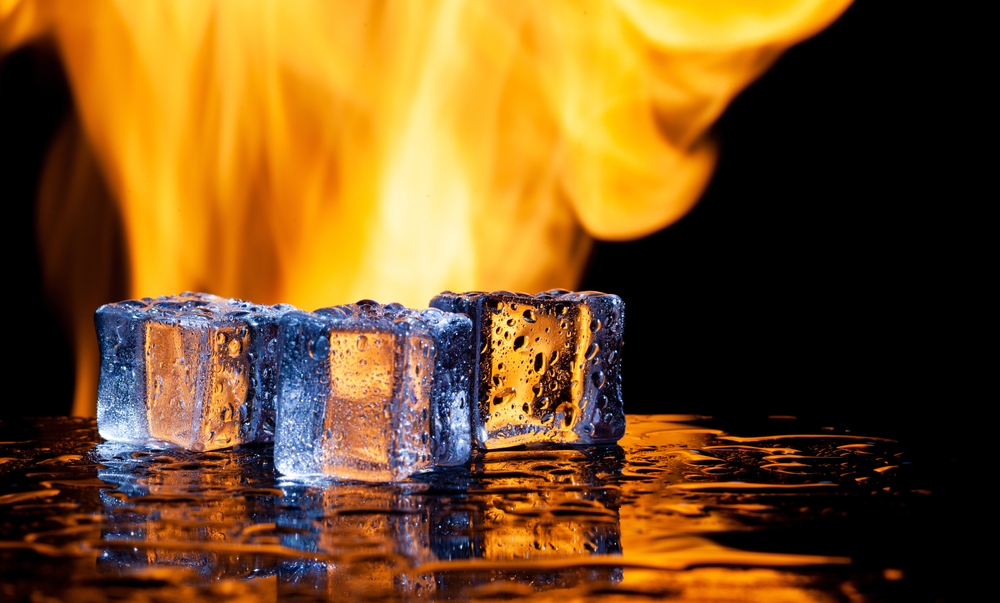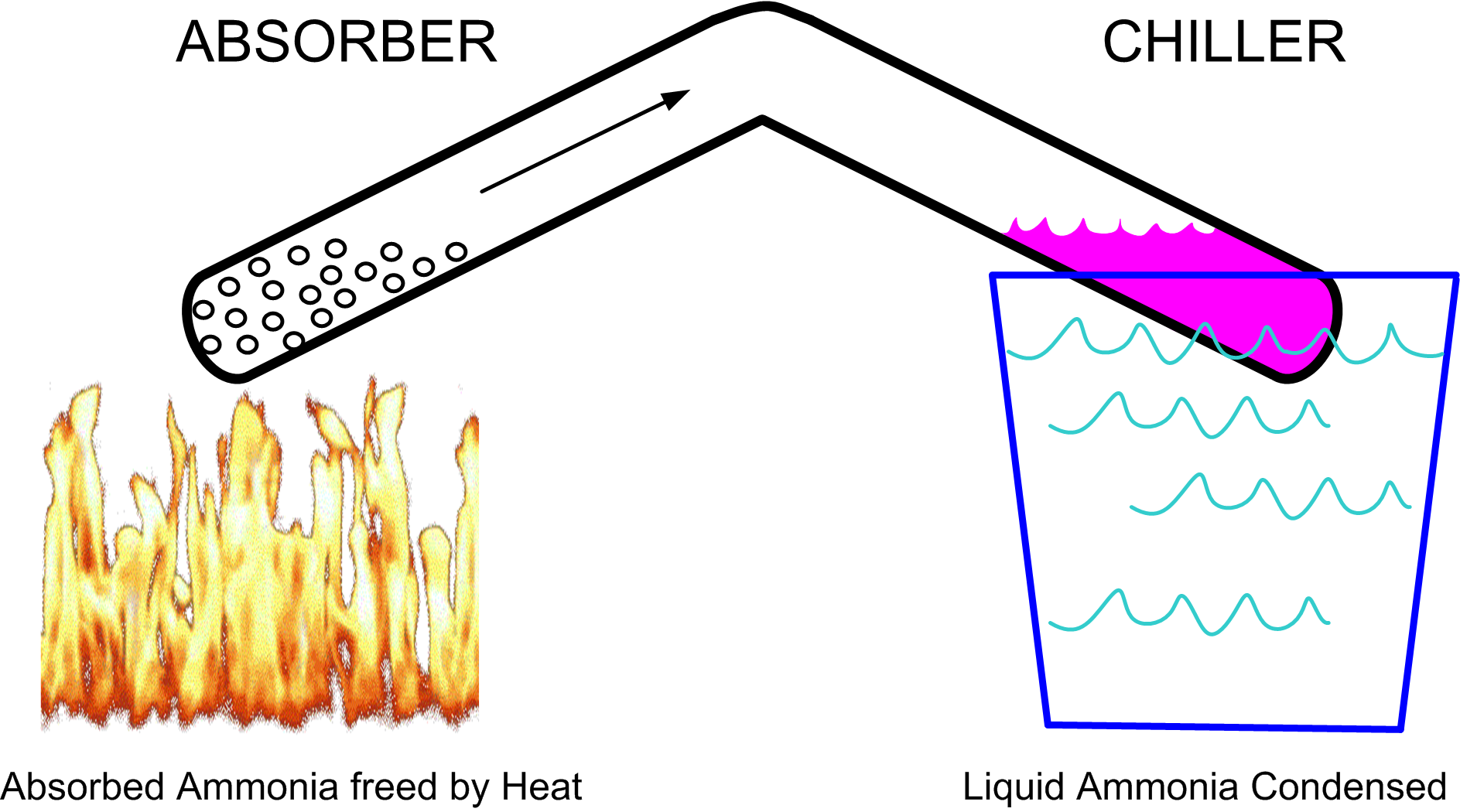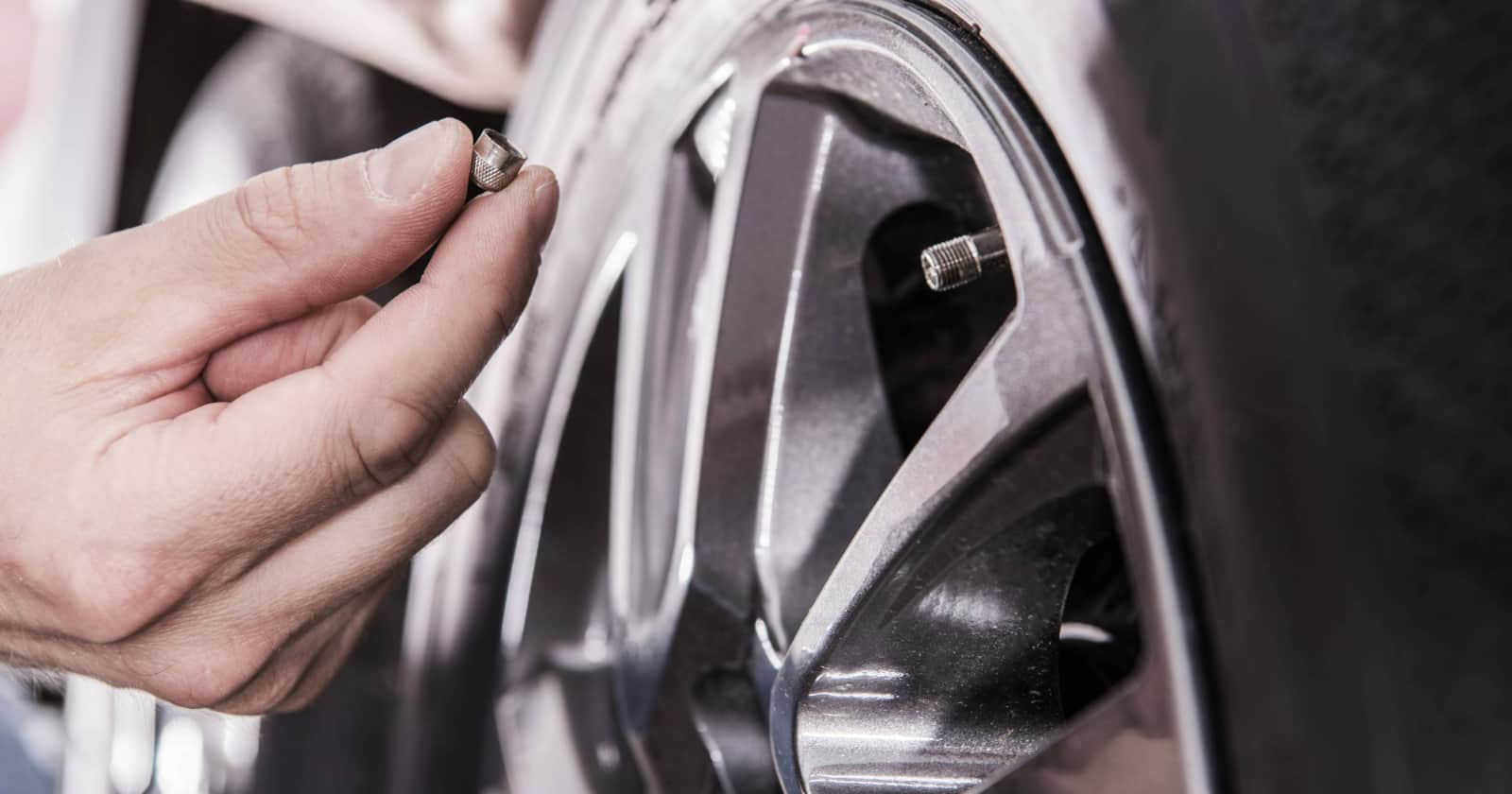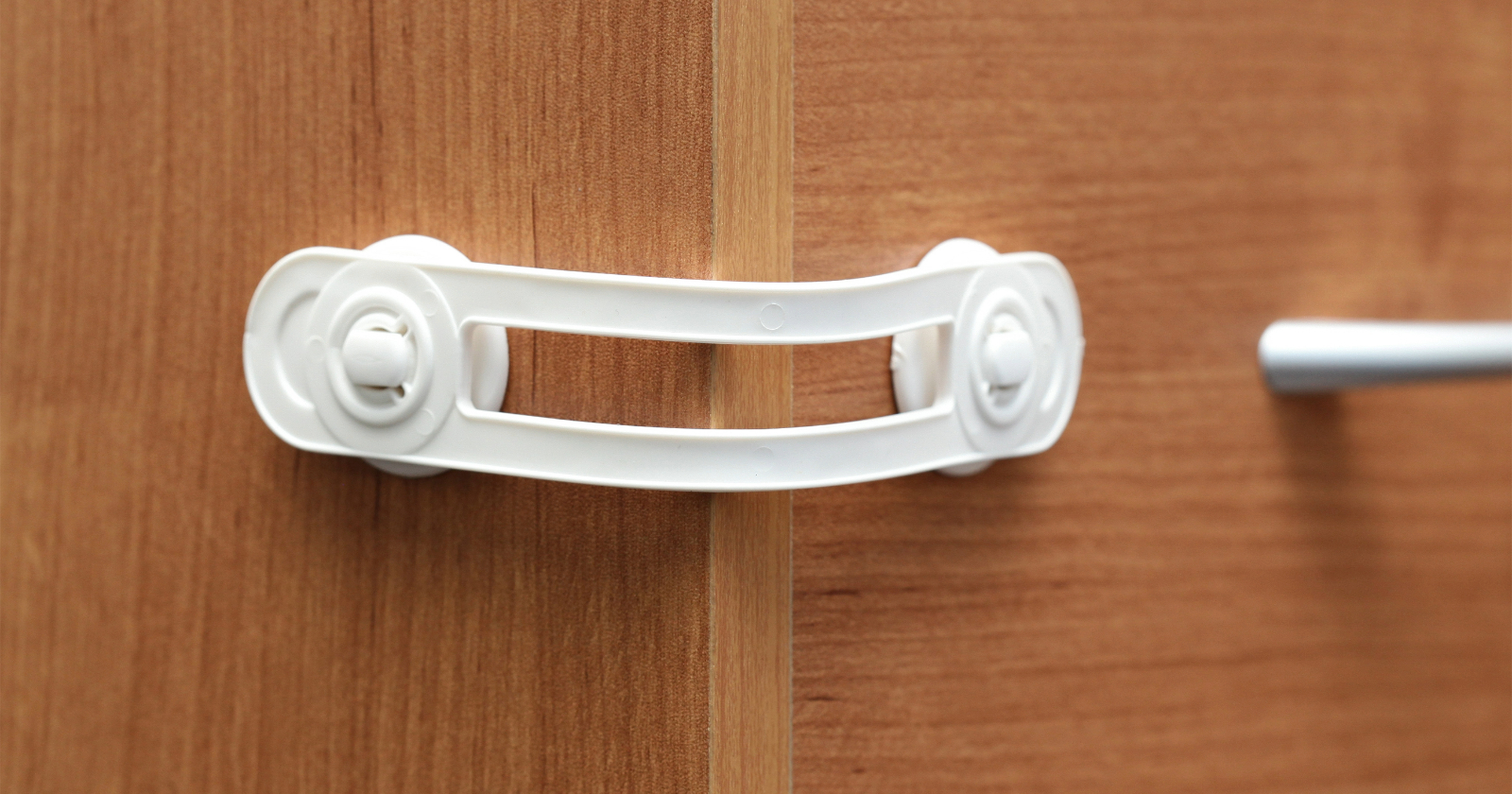
How Does An RV Absorption Refrigerator Work?
As far back as 1000 BC, the Chinese were documented storing winter ice to keep stuff cool. History has come a long way from storing ice to using heat to make ice in a typical RV absorption refrigerator.
A brief history of the absorption refrigerator
In 1824, Michael Faraday (of Faraday cage fame) performed a series of experiments, allowing a batch of silver chloride to absorb as much ammonia gas as possible, then sealed the contents into a bent test tube. The silver chloride was at one side of the bend, while the other side was suspended in water. Heating the silver chloride with a burner resulted in the formation of cooled drops of liquid ammonia at the water end of the tube.
This was a very significant experiment because it confirmed that ammonia can exist as a liquid as well as a gas. The big surprise came after Faraday turned off the flame and observed that the ammonia liquid evaporated and was re-absorbed by the silver chloride as the tube cooled. He also noted that when the liquid ammonia changed phase from a liquid to a vapor state, the tube was cooled. Thus, through a process of heating, cooling occurred.
The basics of absorption refrigeration
Faraday had discovered the basic principle behind the absorption refrigeration cycle. That is, if ammonia is changed from a vapor state into a liquid state and then back again, the ammonia will cool when going from liquid to vapor. This is simply called evaporative cooling; every refrigerator works on the same principle.
Now jumping to 1850, Edmond Carre invented an absorption fridge cooler that uses sulfuric acid absorbed by water. This is the true beginning of RV fridge history because an absorbent is used for the phase change of gaseous sulfuric acid to liquid by absorption into the water. Thus, Faraday showed that ammonia can cool, while Carre showed that an entire refrigeration cycle could be made using the compounds sulfuric acid and water.

Carre was on the right track with one flaw: sulfuric acid is not nice stuff to have around if it escapes from the container it’s in.
Now jump ahead to 1922, when Baltzar von Platen and Carl Munters further developed the absorption refrigeration process while they were still students at the Royal Institute of Technology in Stockholm, Sweden. They patented their process and then sold the patent to Electrolux. Electrolux formed the Dometic division in 1959 to sell absorption refrigerators for the blooming RV market. My own family owned one of these fine refrigerators.
Why RVs use an absorption refrigerator
Dometic chose the absorption refrigeration process because it can run off of any heat source. Our 1960 slide-in camper did not use electricity at all. The fridge, lights, cooking, and heating all were powered by propane.
Propane is very practical because it is fairly lightweight, has virtually no shelf life, and has a great deal of energy for running the appliances when off the grid. We would drive into the depths of Baja, California and stay for weeks, only returning home when we ran out of drinking water.
The Dometic RV refrigerator simply utilizes the fact that water absorbs ammonia, the same basic principle that Michael Faraday discovered. When a flame is applied to the boiler of the cooling unit, the ammonia gas is separated from the water. This ammonia gas is condensed, or cooled, so that it is in a liquid state.
The ammonia liquid evaporates in the back of the refrigerated space, which cools the refrigerated space. Finally, the ammonia vapor is re-absorbed by the water that was separated from the ammonia in the boiler. This summarizes the entire cycle.
Heat vs cold: What happens when heat wins?
Let’s return to Faraday’s experiment to simplify the modern RV refrigeration process to understand how heat can damage the fridge.
First, the silver chloride is replaced with a water absorber fluid. Next, we charge the tube with 350 psi of pressure so that the water will not boil. We continue using ammonia at 350 psi and at ambient temperatures so it is a liquid that is absorbed into the water.
If just the right amount of heat is applied to the absorber end of the tube, the ammonia will boil and the water will remain as a liquid. Now let’s change the name of the left side of the tube from absorber to boiler.
Omitting the remainder of the refrigeration cycle, as long as the water and ammonia mixture exists in the boiler end of the tube, and just the right amount of heat is added to the boiler, the ammonia changing phase from liquid to gas keeps the boiler at a constant temperature of around 360ºF. We now have an awesome, self-regulating boiler that will not overheat as long as there is ammonia in the water.
In the test tube, where the ammonia simply boils on the left side and condenses on the right side, there is no way for the ammonia to return to the boiler.
Note that the arrow only goes one way in this experiment, to the chiller. What happens when all the ammonia is gone in the boiler? The temperature rises until the water starts boiling.
When the water starts boiling, the boiler has overheated. In an RV refrigerator, if the water boils, the fridge eventually fails. Similarly, in the test tube, the vapor pressure created by the water boiling will explode the test tube.
Are RV refrigerators safe?
The safety record of absorption refrigerators changed in the late 1980s for a number of reasons, the largest being that more people started RVing at this time. More RVers meant there were more reported incidents. During this same period, the two major RV fridge manufacturers changed their boiler design, allowing them to operate for a longer period off-level, but not completely fixing the fire and safety concerns.
The old boiler design used much smaller tubing, which is much stronger. In addition, the older boiler design requires less heat energy, which adds another safety factor.
However, the new boiler was still prone to failure due to overheating, just like the old boiler; the difference is that when the new boiler failed, ruptures would occur, rather than the fridge needing to be replaced. So, rather than killing your fridge in just one outing, it took a number of outings to kill the fridge.
Why does the fridge stop working?
For all absorption refrigerators ever made, the fridge would stop working if the boiler overheated because the cooling process would stop, and in turn, the water boils in the boiler.
Just like in the Faraday experiment, overheating happens because the ammonia is no longer getting to the boiler. The ammonia changing phase from liquid to gas is what keeps the boiler at a constant temperature.
Why does the fridge become a fire danger?
The fire danger occurs when the boiler heat destroys the corrosion prevention agent within the fridge. With no corrosion prevention agent, the ammonia eats the boiler from the inside out.
When the cooling unit breaks, the gasses escape, and the gasses can be ignited by either the electric heater or the gas flame. It is reported that most absorption refrigerator fires occur while using shore power and between the hours of 2 a.m. to 8 a.m. This is because the electric heaters put more stress on the boiler.
Therefore, absorption refrigerators are safe when the boiler temperature is monitored. All fired boilers have overheat protection on them by code.
Your water heater is a classic example. The absorption refrigerator is the one fired boiler that comes from the factory without overheat protection. The patented Fridge Defend controller is designed to bring your fridge up to what is considered safe engineering practice and code for a fired boiler.
Conclusion
The absorption refrigerator is a marvelous invention that has enjoyed a lifetime of usefulness. Even today, the practicality of a device powered by LP gas has its place.
Enjoying its usefulness safely should remain a high priority for any RVers using a gas-powered refrigerator. The Fridge Defend can help ensure its safe operation and long life.
Related articles:



